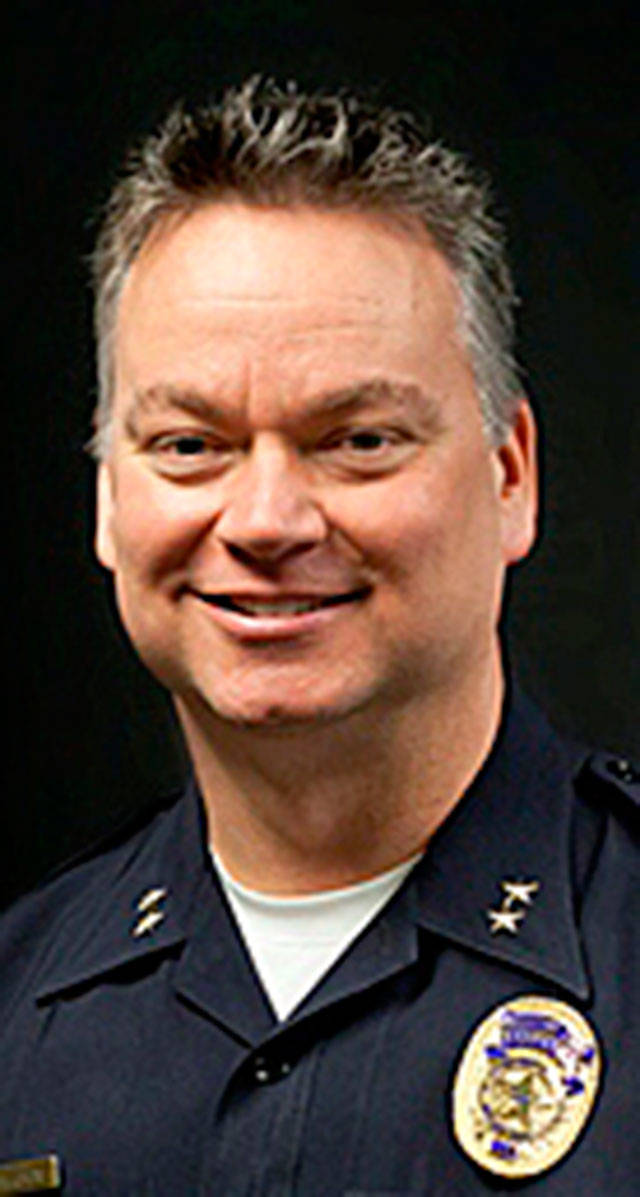The City of Auburn announced Thursday morning, Nov. 21 that Police Chief William Pierson had “separated” from the city.
Pierson joined the Auburn Police Department as a patrol officer in 1990. He was named as chief in June of 2018 following the retirement of Bob Lee.
Assistant Chief Mark Caillier will serve as acting chief of the department until an interim chief is appointed.
“We acknowledge and are grateful for the contributions Chief Pierson has made during his time with the Auburn Police Department,” said Mayor Nancy Backus. “At this time we are pursuing a different direction for management within the department.”
Backus was unavailable for additional comment as she was attending the National League of Cities Summit in San Antonio, Texas, over last weekend.
When asked if the chief was fired or if he had resigned, city Public Information Officer Kalyn Brady offered no further comment, saying that Pierson “has separated” from his position and that the decision “took place this morning.”
Pierson spent 29 years with the department.
In 1990, the APD hired Pierson and assigned him to the patrol division, where he soon picked up a medal of distinction in field training. In 1993, he became the APD’s first community-policing bicycle officer. In 1994, he became a narcotics detective, and went on to serve for five years as a marksman with the SWAT team. In 1997, he was promoted to sergeant. to supervise a patrol shift and field training unit. In 1998, he became a certified firearms instructor, and in 2002 he took over as range master for firearms training.
Pierson was then promoted to a special investigations sergeant, in which capacity he supervised narcotics investigations, detectives investigating vice crimes, and headed up the inspectional services unit, in which position he obtained state and federal grants and investigated internal affairs issues.
In 2005, Pierson was promoted to commander and assigned to the patrol division, for which he managed seven sergeants, a field training unit, defensive tactics and firearms training. He was later reassigned to the support services division, where he managed the training unit, the community response team, DARE and accreditation.



